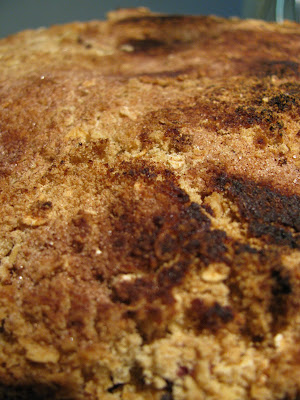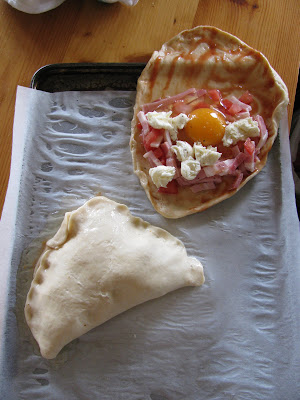Finns drinking the most amount of coffee per year per capita. Yep, more than Italians, more than the French. They drink it black, they drink it often. They drink it alone, they drink it when friends come to visit. First thing in the morning, until late into the night, Finns have a pot of liquid black gold on the boil. It is part of the nature of being a Finn.
My mother in law started drinking coffee before the age of 10. My sister in law who despised coffee learnt to love it on a five week adventure there. Previously I've always taken milk with my coffee, but after a visit there when I was repeatedly offered black coffee around four times daily I learnt that the stuff is not so bad. In fact, a black coffee is refreshing. And is perfect with a pastry.
Mmm, pastry. Finnish pastry. Filled with berries, or sugar, or cardamom. Sweet and oozing with syrup. A great off set to a strong, somewhat bitter black coffee. The pastry that I believe trumps them all also happens to be the most common. Pulla. But say it with a soft p sound, more like "bulla". Cinnamon, cardamon and sugar. Rolled into a log of dough, sliced into wedges and squeezed somewhat. So the lays of spices poke out. In Finland, you have it served on planes, it can be bought from a 7-11. Bakeries make dozens of them daily, and your neighbour will have a few stashed away in the freezer for when coffee and company needs to be had.
These are fiddly to make. And they take time. But you make so many. And they are so delicious. A little taste of Finland.
Pulla
250 mg milk
Warm your milk gently in the microwave until tepid. Add the sugar and yeast, whisk to combine and set aside for 10 minutes to get the yeast going. It will get frothy and foamy. Add to this the egg, butter, cardamon and salt. Slowly add the flour, bit by bit. You can do this process in your mixer (as I do) if that's easier.
Kneed the dough until it is smooth and soft, for around 5 minutes. Place into a greased bowl, cover with gladwrap and leave to prove for around an hour in a warm place, until doubled in size.
Mix together the cinnamon, sugar and butter. Set aside. This will be your sticky filling between layers of dough. Yum!
Punch down the leaven dough, divide into quarters. Using a rolling pin, roll out quarter of the dough into rectangles a few millimetres thick. Spread a quarter of the cinnamon mix over the rectangle of dough, before rolling it up to a log. This will be a spiral that has cinnamon butter between each layer. Using a knife, cut the log into pieces. But cut on an angle, so you get a good surface area of layers revealed. Make your cuts so that each little pulla is shaped like a "v" or a triangle. Place the pulla larger surface down onto a lined baking tray, and push your thumb into the point of the bun. This will push your layers of dough out encouraging the ooze of filling. Repeat this process with remaining dough and cinnamon butter. Cover and leave to prove in a warm place for a further thirty minutes or so.
Mean while pre-heat the oven to 180* C.
Once your pulla have risen again, brush them with the remaining beaten egg and sprinkle with sugar. Bake in the oven for around 15-20 minutes, until golden and risen. Set aside to cool a little and enjoy with coffee. Store once cool in an air-tight container for a few days, or freeze for later.
From Tessa Kiros's Falling Cloudberries: A World of Family Recipes
.















































